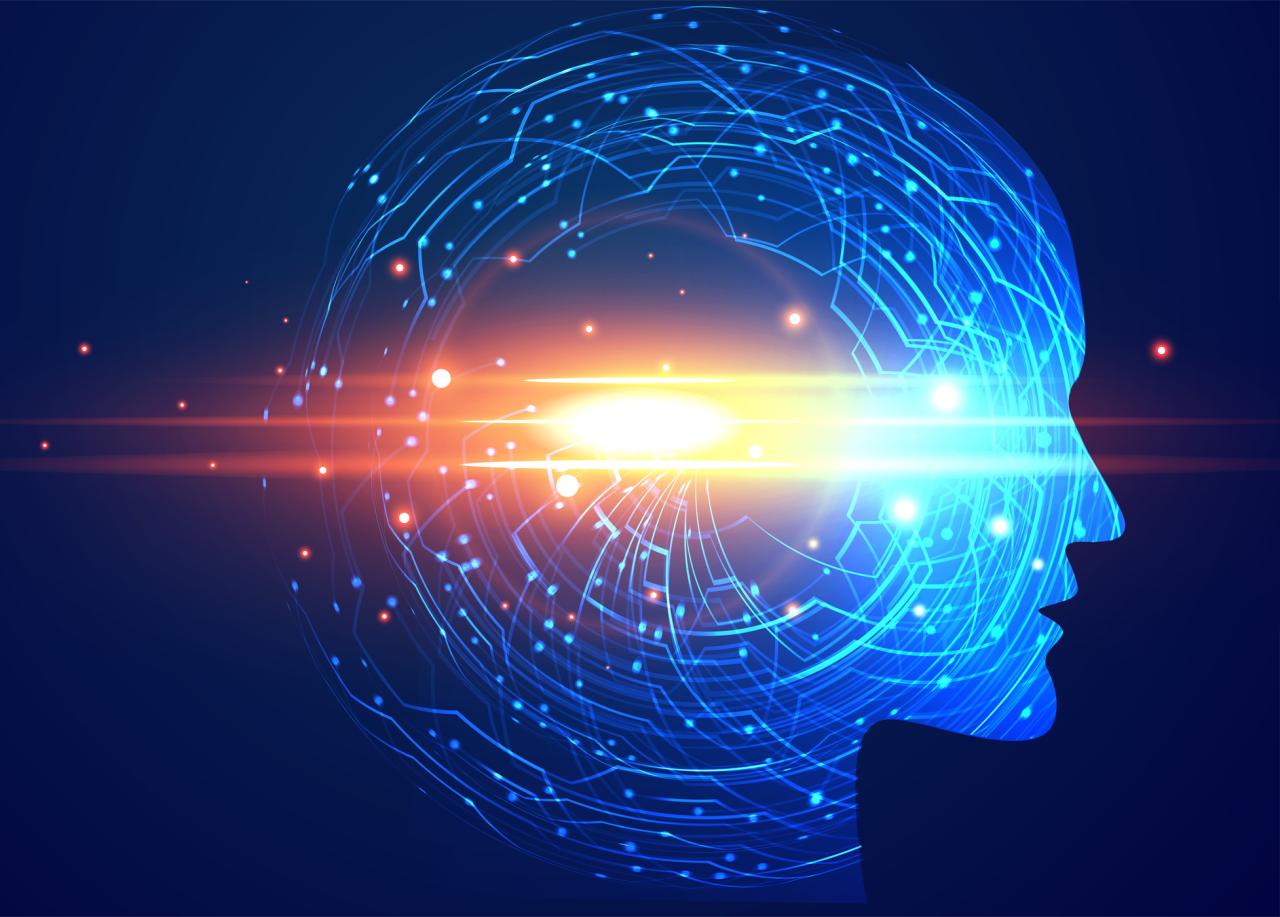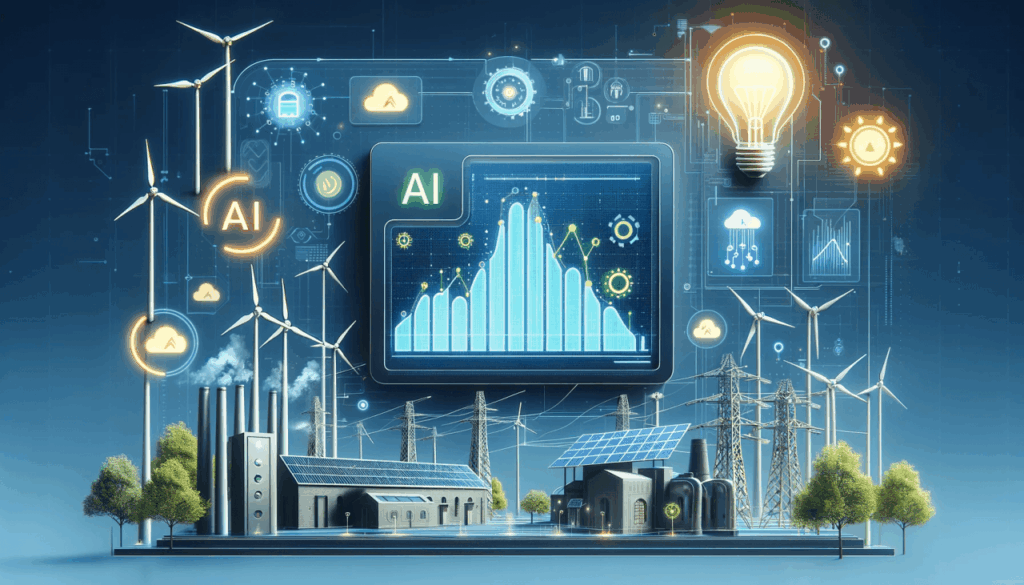As artificial intelligence continues to revolutionize industries worldwide, a critical yet often overlooked concern is rising to the forefront: the immense energy consumption of AI systems. From training massive language models to powering edge AI devices, energy use in AI is skyrocketing — raising both environmental and economic questions.
To address this, a new era of energy-efficient AI infrastructure is emerging, aimed at reducing carbon footprints, minimizing operational costs, and enabling sustainable scaling of intelligent technologies.
In this comprehensive article, we’ll explore how energy efficiency is being built into the AI ecosystem — from hardware and algorithms to datacenter cooling, network architectures, and policy frameworks.
Why AI Energy Use Is a Growing Concern
AI, especially deep learning, requires vast computing resources. Training a single large model can consume as much energy as several hundred homes do in a year. This challenge is particularly visible in:
A. Training large-scale neural networks
B. Running inference at the edge and on mobile devices
C. Supporting global demand for real-time AI services
D. Maintaining always-on datacenter operations
E. Cooling the heat generated by AI hardware
Without innovation, the energy demands of AI threaten to outpace even the efficiency gains offered by Moore’s Law and modern cloud scaling.
Key Components of Energy-Efficient AI Infrastructure
Building an energy-efficient AI infrastructure requires optimizing across several layers of the AI stack:
1. AI-Specific Hardware Optimization
Hardware is the foundation of efficiency. New AI chips are being engineered with performance-per-watt as a core design principle.
A. Application-Specific Integrated Circuits (ASICs)
Google’s TPU and other ASICs focus on AI workloads only, avoiding general-purpose waste.
B. Graphics Processing Units (GPUs)
Modern GPUs like NVIDIA’s H100 offer significantly better energy efficiency compared to older models.
C. Neuromorphic Computing
Chips that mimic the brain’s energy-efficient architecture (e.g., Intel’s Loihi) show promise in low-power, adaptive AI.
D. Edge AI Processors
Processors such as Apple’s Neural Engine or Qualcomm’s Hexagon DSP enable real-time AI inference with ultra-low power usage.
2. Model Optimization Techniques
Model design directly influences power consumption. Advances in model compression and efficiency techniques include:
A. Pruning
Removing unnecessary neurons and weights from a model to reduce complexity.
B. Quantization
Lowering precision from 32-bit to 8-bit or even binary representation, cutting energy needs dramatically.
C. Knowledge Distillation
Transferring learned behavior from large models into smaller, faster student models.
D. Sparse Training
Training models where most connections are inactive — mimicking the brain’s sparsity to save energy.
3. Efficient Training and Inference Frameworks
Software frameworks now embed energy-efficiency metrics to guide developers:
A. PyTorch and TensorFlow Lite
Optimized for mobile and edge deployment with reduced energy footprints.
B. ONNX Runtime
Cross-platform framework supporting hardware acceleration with minimal overhead.
C. Hugging Face Optimum
Integrates model optimization tools for both training and deployment.
4. Energy-Conscious Datacenter Design
Datacenters that power AI services can optimize energy through:
A. Renewable Energy Sourcing
Tech giants like Google and Microsoft are investing heavily in solar, wind, and geothermal energy.
B. Liquid and Immersive Cooling
Advanced cooling reduces power usage compared to traditional air cooling.
C. Modular Datacenter Design
Minimizes unused capacity and power overprovisioning.
D. Workload Scheduling
Using AI to optimize when and where tasks are processed for energy efficiency.
5. Sustainable Network Infrastructure
AI workloads depend on high-throughput data movement. Efficient networking is vital:
A. Edge AI Networks
Local processing reduces the need for long-range data transfers, lowering latency and power use.
B. Optical Interconnects
Fiber optics enable high-speed data transmission with less energy than copper.
C. 5G + AI Integration
Smart scheduling in 5G base stations can adapt power usage dynamically based on AI predictions.
Case Study: GPT-4 Energy Impact

Training GPT-4 reportedly required hundreds of megawatt-hours of electricity. This has led OpenAI and others to explore:
A. Energy-aware training algorithms
B. Efficient GPU clusters and parallelism strategies
C. Use of sustainable energy sources
D. Smaller, distilled versions (e.g., GPT-4-mini) for inference
These approaches cut operational energy usage without severely compromising performance.
Green AI vs Red AI
In AI ethics, a new classification has emerged:
Green AI: Prioritizes reducing the environmental cost of AI models.
Red AI: Focuses only on performance, regardless of energy or environmental costs.
Balancing these two is now a major challenge in responsible AI development.
Emerging Trends in Energy-Efficient AI
Here’s what the near future holds for making AI infrastructure greener:
A. Federated Learning
Allows model training across decentralized devices without centralizing data — reducing network load and power draw.
B. AI for Energy Efficiency
Using AI itself to optimize HVAC, lighting, and server cooling systems.
C. AI Model-as-a-Service (MaaS)
Allows reuse of pretrained models instead of retraining, reducing compute demand.
D. Dynamic Model Scaling
Using smaller models during low-demand periods and scaling up only when necessary.
E. Bio-Inspired AI
Models that mimic biological systems to maximize output per unit of energy.
Government and Industry Regulations
Several international frameworks are being developed to ensure AI’s energy use is managed:
A. European Union’s Green Deal includes digital infrastructure
B. U.S. DOE supporting low-power AI R&D
C. Carbon accounting requirements for cloud providers
D. Voluntary sustainability pledges from Big Tech (Google, Microsoft, Amazon)
Sustainability metrics are slowly becoming as important as accuracy or speed in AI benchmarks.
The Role of Developers in Energy Efficiency

AI developers can actively reduce energy consumption by:
A. Choosing smaller, pre-trained models
B. Training during off-peak grid hours
C. Deploying on energy-efficient hardware
D. Reducing unnecessary re-training
E. Monitoring carbon footprint with tools like ML CO2 Impact Calculator
Tools to Track AI Carbon Footprint
Track your AI project’s impact using:
CodeCarbon
ML CO2 Impact Calculator
Carbontracker
Experiment Impact Tracker
These tools integrate into training loops and provide real-time emissions data.
Economic Benefits of Energy-Efficient AI
It’s not just about saving the planet — it’s good business:
A. Lower operational costs
B. Reduced hardware wear and cooling expenses
C. Compliance with upcoming sustainability laws
D. Enhanced brand reputation among eco-conscious consumers
Companies that ignore energy efficiency risk long-term scalability issues and public scrutiny.
Challenges to Overcome
Despite advances, hurdles remain:
A. Lack of standardized energy benchmarks for AI models
B. Inertia among developers used to performance-first design
C. Complexity of deploying custom energy-efficient hardware
D. Trade-offs between speed, accuracy, and energy efficiency
E. Public awareness is still low outside of research communities
Conclusion: Smarter AI Needs Smarter Energy Use
Artificial intelligence is one of the most transformative technologies of our time — but transformation should not come at the expense of the planet. As AI scales across industries, energy efficiency must be built into every layer: from transistor design to data center cooling, from model architecture to network traffic.
With collaborative efforts between governments, developers, and the private sector, energy-efficient AI infrastructure can become the norm — powering innovation without powering climate change.






